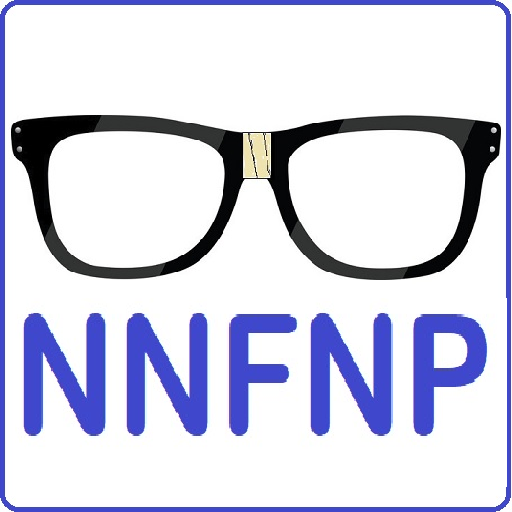Internet Basics – Domains

Have you ever wondered how the internet works, or how websites have those unique addresses that lead you to the right place? Well, that’s all thanks to internet domains! In this article, we’ll explore what internet domains are in a simple and non-technical way, so you can better understand this essential aspect of the online world.
What is an Internet Domain?
Imagine you want to visit a friend’s house, and you need the address to find it. In the digital world, websites have addresses too, and these addresses are called internet domains. A domain is like the location of a website on the vast map of the internet.
An internet domain is made up of two main parts: the domain name and the domain extension. The domain name is the unique and memorable part that you type into your web browser when you want to visit a specific website. For example, “google” in www.google.com is the domain name. The domain extension, also known as the top-level domain (TLD), comes after the domain name and usually tells you something about the website’s purpose or origin. Common examples of domain extensions are .com, .org, .net, and .edu.
How Do Internet Domains Work?
When you enter a domain name in your web browser and hit Enter, magic happens behind the scenes! Your request goes to a vast network of computers called Domain Name Servers (DNS). These servers are like the internet’s address book. They look up the domain name you entered and find the corresponding numerical address called an IP address. Think of the IP address as the actual coordinates of a location, similar to the latitude and longitude of a place on Earth.
Once the DNS finds the IP address associated with the domain name you typed, your web browser uses that address to connect to the web server where the website’s files are stored. The web server then sends the website’s data back to your browser, which displays it as a beautiful webpage for you to see and interact with.
Popular Types of Domain Extensions:
Domain extensions can be generic or country-specific. Some of the common generic domain extensions include:
.com – Originally intended for commercial websites, it’s now widely used for various purposes.
.org – Typically used by non-profit organizations and groups.
.net – Initially intended for network-related sites but now used by various websites.
.edu – Reserved for educational institutions like universities and colleges.
Country-code domain extensions are specific to a particular country or territory. For instance:
.uk – United Kingdom
.ca – Canada
.au – Australia
Choosing the Right Domain:
When creating a website, choosing the right domain name and extension is essential. The domain should reflect the purpose of the site, be easy to remember, and relate to the content you’re sharing. Keep it simple, and avoid using complicated words or symbols.
Conclusion:
Internet domains are the backbone of how we navigate the online world. They provide unique and memorable addresses for websites, making it easy for us to find and access the content we want. So, the next time you browse the web or start a website of your own, remember that it all begins with the magic of internet domains!

